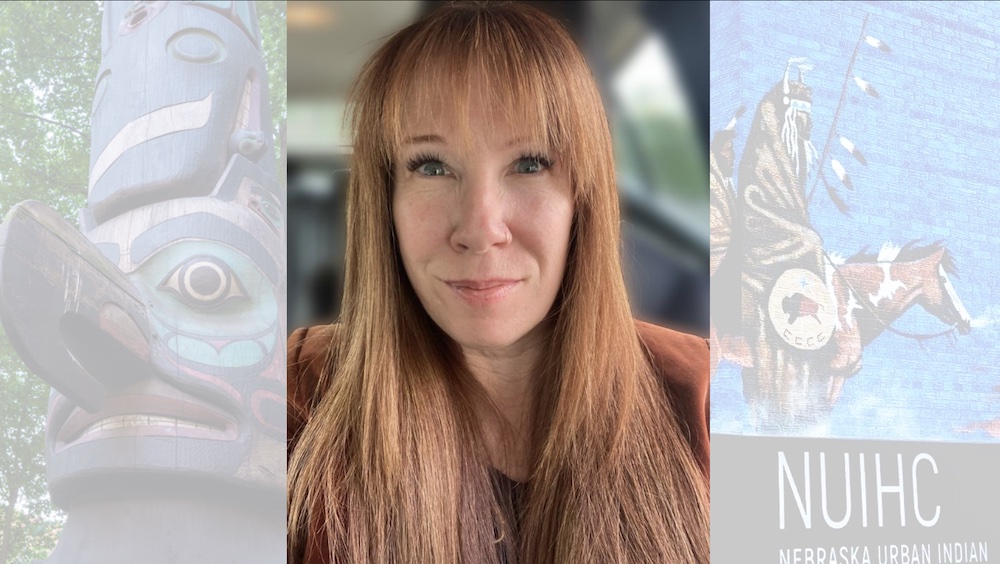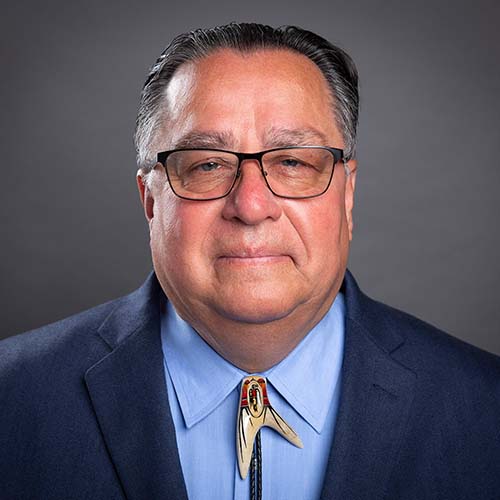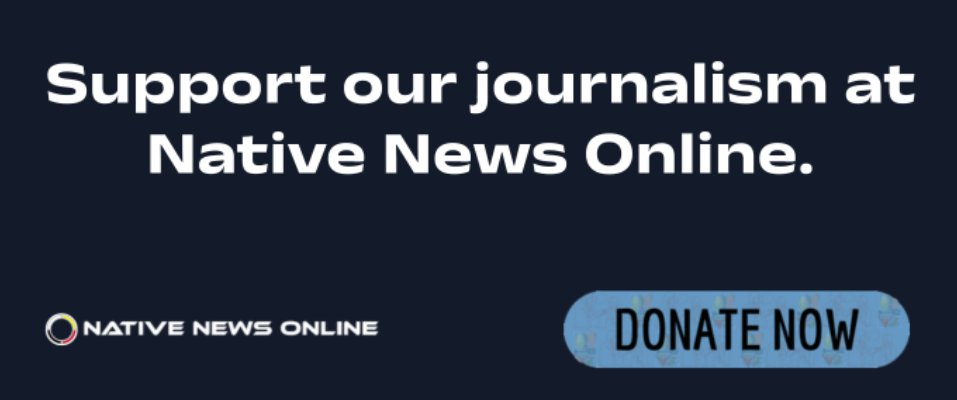
- Details
- By Nanette Star
“I work in urban Indian health,” I say, and then I wait.
More often than not, I get a puzzled look, followed by something like:
“So… you’re an activist?”
It’s a fair question—but not a simple one. How do you explain the layered, beautiful, and sometimes painful complexity of Indian Country—especially the part that exists in cities yet lives beyond the census?
I wasn’t raised on a reservation—or with a clear sense of Native identity. My grandparents denied that part of themselves. Not just in passing but as a deliberate erasure—born from pain, survival, and the complexities of a mixed background shaped by trauma.
There were layers of abuse woven into that history—things they didn’t speak of, but which shaped the way they parented, the way they presented themselves, and the way they separated from their own ancestry. The silence wasn’t just cultural; it was emotional and protective. A shield against the past.
Still, the teachings were there. They spoke of hunting and gathering, of watching the land and the water, of listening to the animals. They taught me—without naming it—that caretaking was a responsibility, not a choice. You only take what you need, and you give back what you can.
They never named it.
Only after they passed did I begin to understand what had been so carefully—and painfully—pushed away. As I learned more about the brutal policies, generational trauma, and racism that shaped their world, I began to see their denial not as absence, but as a kind of severing. A cutting off. There was no open conversation, no naming of identity—only distance.
And that distance left me with grief. And disorientation. And an ache to ask them all the questions I never knew to ask.
I was already working in Native public health by then, serving tribal communities across regions. But something shifted. The dots began to connect—between policy and people, between family and the communities I was being invited into. The lines are still blurry. I still don’t know exactly where I stand.
But I know this: family is there, written in the past if you’re willing to look. And I know I will always be an outsider, even when welcomed in. That truth doesn’t change—but it doesn’t mean you stop showing up.
Now, I self-identify as Native. I also present like a bright redheaded white woman. I live rurally, far from the urban centers where I do most of my work. I don’t call myself an “urban Native,” but I work in service to Native people living in cities—people with incredibly diverse relationships to identity, culture, and place. Some grew up with strong tribal ties. Others are navigating their own discovery like I am.
For more than fifteen years, I’ve worked across Native public health—from Tribal Epidemiology Centers to community clinics and policy organizations. I’ve sat with elders, youth, and health leaders in Native spaces from Alaska to the southern border of California. I’ve listened, asked questions, and tried to let humility guide my role.
What I’ve learned is that Native identity isn’t a box to check. The census may ask for categories, but life resists categorization. Urban Native communities especially reflect that complexity—blended families, mixed ancestry, relocation histories, chosen kin, adopted kin, and multiple tribal affiliations.
And yet they are undeniably Native spaces—resilient, brilliant, and held together by generations of care.
So what is urban Indian health? It’s more than services. It’s relationships. It’s trust. It’s advocacy and visibility and walking with communities who are often left out of policy conversations, even though they make up the majority of the Native population in the U.S.
In California alone, nearly a million people identify as Native. Most of them live in cities. And many live in the in-between: not quite seen, not quite counted, but fully present.
Urban Indian health is about seeing those people. And sovereignty, at its core, is about self-definition—about existing fully, on your own terms.
When someone asks me what I do, I smile. And if they’re really listening, I tell them:
I work in service to stories that haven’t always been told. I advocate for health in the broadest, truest sense—for healing, belonging, and the right to define who we are, where we come from, and where we’re going.
Nanette Star (Yandell) is a public health professional and policy advocate working in urban Indian health across California. A descendant of the Choctaw Nation of Oklahoma, she writes and works at the intersection of healing, sovereignty, and systems change. She lives rurally with her dogs and teaches yoga as part of her ongoing commitment to balance and care.
Help us defend tribal sovereignty.
At Native News Online, our mission is rooted in telling the stories that strengthen sovereignty and uplift Indigenous voices — not just at year’s end, but every single day.
Because of your generosity last year, we were able to keep our reporters on the ground in tribal communities, at national gatherings and in the halls of Congress — covering the issues that matter most to Indian Country: sovereignty, culture, education, health and economic opportunity.
That support sustained us through a tough year in 2025. Now, as we look to the year ahead, we need your help right now to ensure warrior journalism remains strong — reporting that defends tribal sovereignty, amplifies Native truth, and holds power accountable.
 The stakes couldn't be higher. Your support keeps Native voices heard, Native stories told and Native sovereignty defended.
The stakes couldn't be higher. Your support keeps Native voices heard, Native stories told and Native sovereignty defended.
Stand with Warrior Journalism today.
Levi Rickert (Potawatomi), Editor & Publisher

